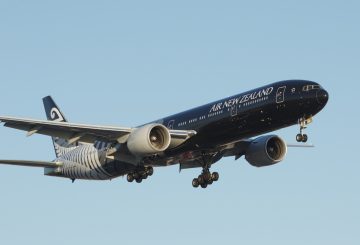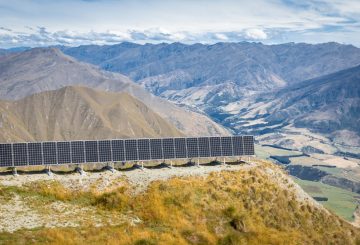ニュージーランドは、トラスト・フレームワーク・オーソリティの導入により、オンラインサービスのデジタル認証情報の使用に向けた一歩を踏み出しました。この機関は、どの組織がデジタル・アイデンティティ・サービスを提供できるかを決定します。デジタル ID スキームは、物理的な書類をデジタル認証に置き換えることで、銀行口座の開設や政府サービスへのアクセスなどのプロセスを簡素化することを目的としています。
これはニュージーランドのデジタル経済に大きな影響を与える可能性があります。政府デジタル化担当大臣のジュディス・コリンズは、保健や教育などの分野で政府によるAIの利用を増やしたいという希望をすでに表明しています。しかし、こうした動きは、デジタル経済を統制する原則というより広い意味で慎重に検討する必要があります。
デジタル ID はデジタルサービスへのアクセスと信頼にとって不可欠ですが、私たちの価値観に沿って管理、保護する必要があります。これには、個人、コミュニティ、国の視点を考慮することも含まれます。新しいデジタルサービスの開発とそれを誰が開発するかについても、より広いデジタル経済の一部として考える必要があります。
Veracity Technology Spearheadプロジェクトと国内のクラウドプロバイダーであるCatalyst Cloudの研究者による最近のレポートでは、デジタルIDがデータ管理や情報フローと密接に関連していることが示されています。このレポートは、データ管理とデータ処理を分離する分散型モデルに向けて、デジタルシステムの構築方法を調整する必要があることを示唆しています。最近のOECDの報告によると、市民や企業が安全を確保し、デジタル世界で選択肢を持てるようにするためには、このような調整が緊急に必要とされています。
多くの国が、自国のデータインフラを持つことの重要性を認識しています。例えば、2001年に開始されたエストニアのX-Roadシステムは、同国の電子政府サービスの基盤であり、公的機関と民間部門のデータベース間の安全なデータ交換を可能にしています。このインフラのおかげで、エストニアはオンライン投票からデジタル医療記録に至るまで、デジタル政府サービスのリーダーになることができました。
しかし、多くの地元企業は困難な立場に立たされています。彼らはデジタル業務を大手テクノロジー企業が提供するサービスに依存しており、その過程でうっかりデータを渡してしまいます。たとえば、小規模小売業者は、顧客データを収集して分析する電子商取引プラットフォームを使用する場合があります。これらのプラットフォームは価値あるサービスを提供しますが、サービスを提供する企業との競争に役立つような知見も漏らしてしまいます。
地元企業にとっての課題は明らかです。競争力を維持するためにはデジタルツールが必要ですが、こうしたツールを使うと、収集したデータの管理権を放棄してしまうことがよくあります。これらのデータは、今度は大手テクノロジー企業の成長と優位性を後押しし、断ち切るのが難しいサイクルを作り出しています。
公平な国家データインフラを構築するには複雑な道のりがあり、政府、企業、市民社会が協力し合う必要があります。ただし、イノベーションの促進、公正な競争、デジタル経済へのアクセスの民主化といった潜在的なメリットがあるため、この取り組みはやりがいのある取り組みとなっています。



















































-360x245.jpg)









